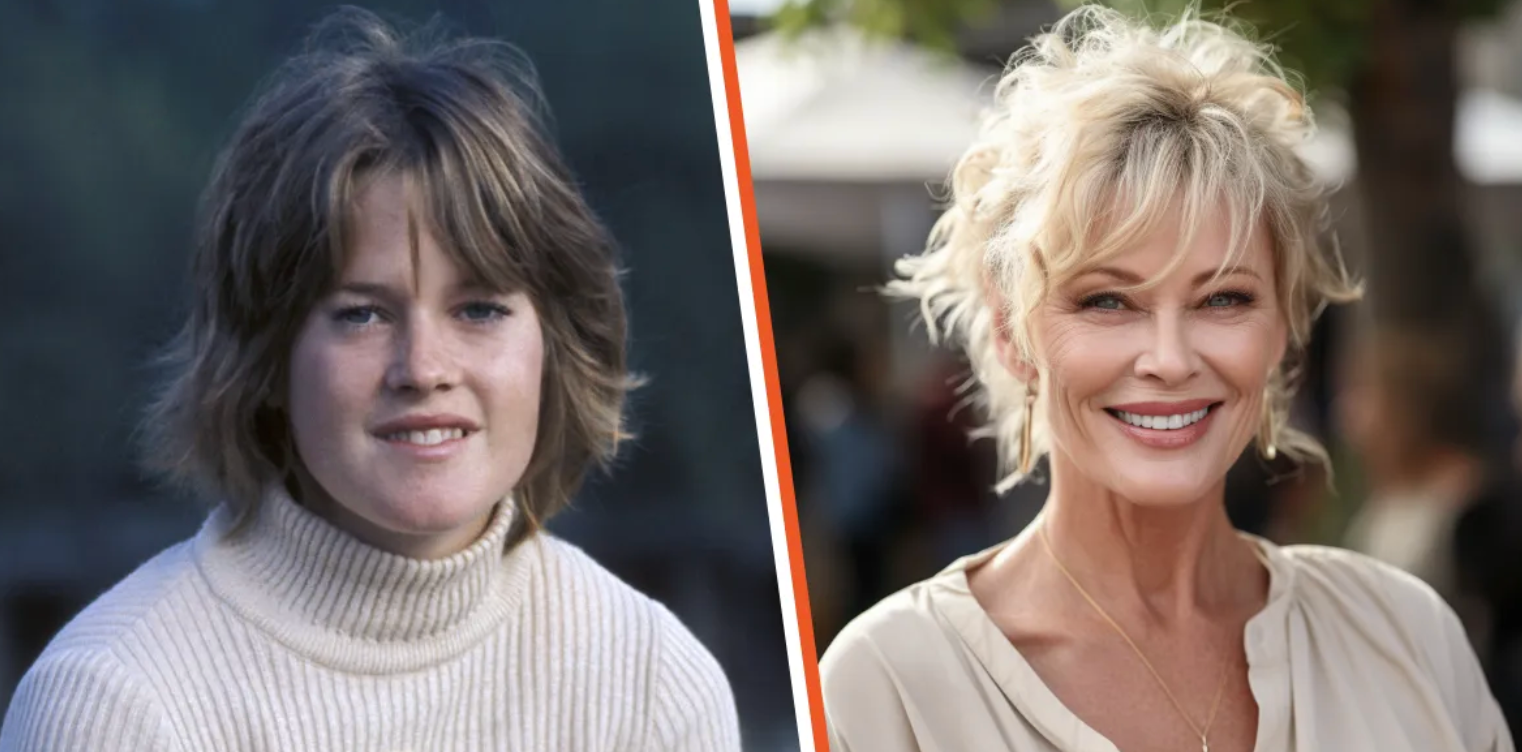How 5 Beloved Celebrities Would Look without Plastic Surgery — Photos via AI
Sharon Osbourne, the outspoken personality and wife of legendary rocker Ozzy Osbourne, has been candid about her journey with plastic surgery, reflecting a broader narrative of self-improvement and self-satisfaction in the public eye.
After various procedures, she declared in 2023 her decision to step away from further surgeries, embracing her natural aging process. Here’s a glimpse of her journey from 1986 to 2022 and an AI-generated projection of how she might have looked without cosmetic interventions.
1986: Sharon is pictured in a natural state, radiating joy with her children. She is a mother to three children, Aimee, Jack, and Kelly.
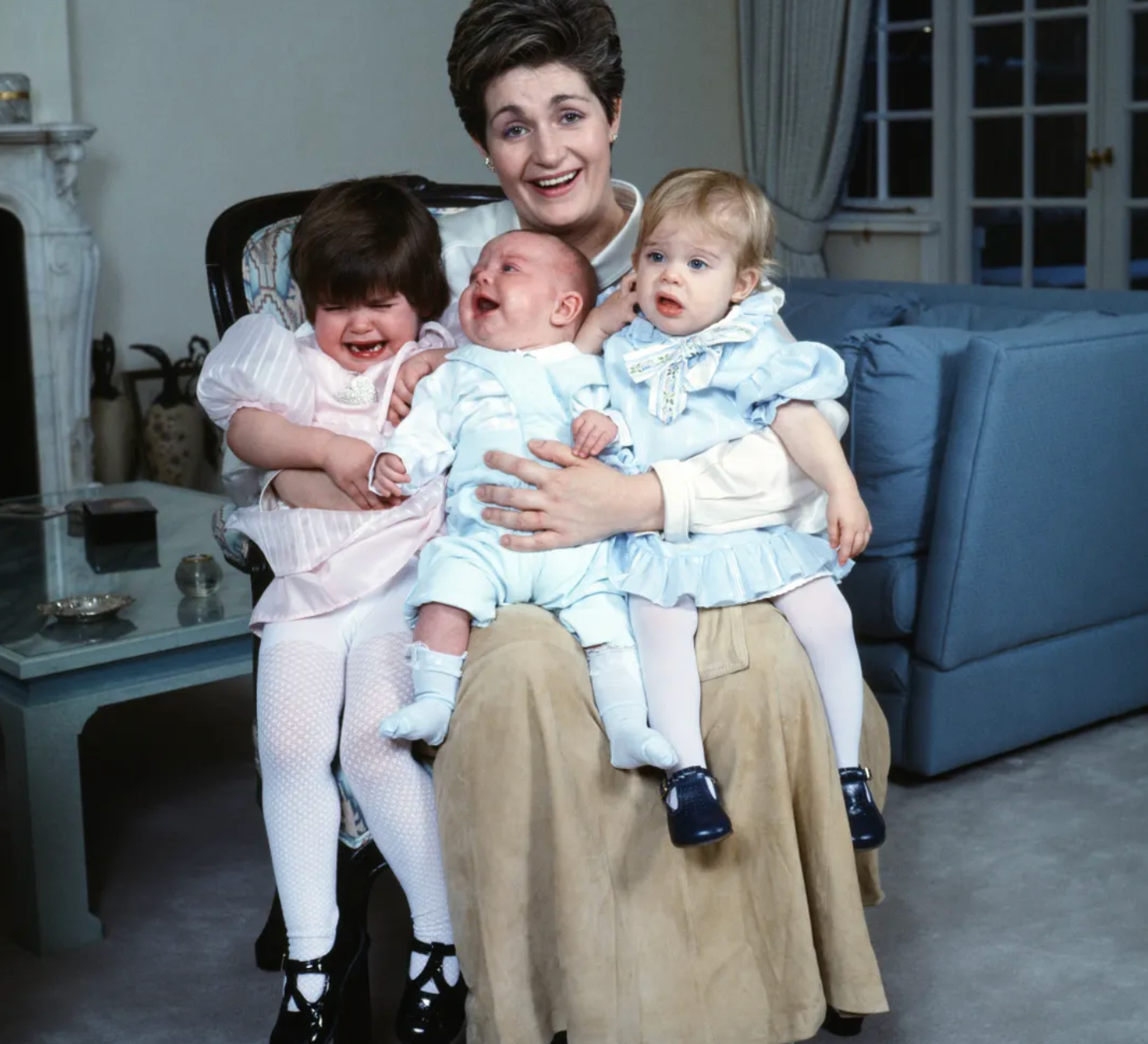
2000: The former “X Factor” judge is seen with Ozzy, and the two form a formidable business team.
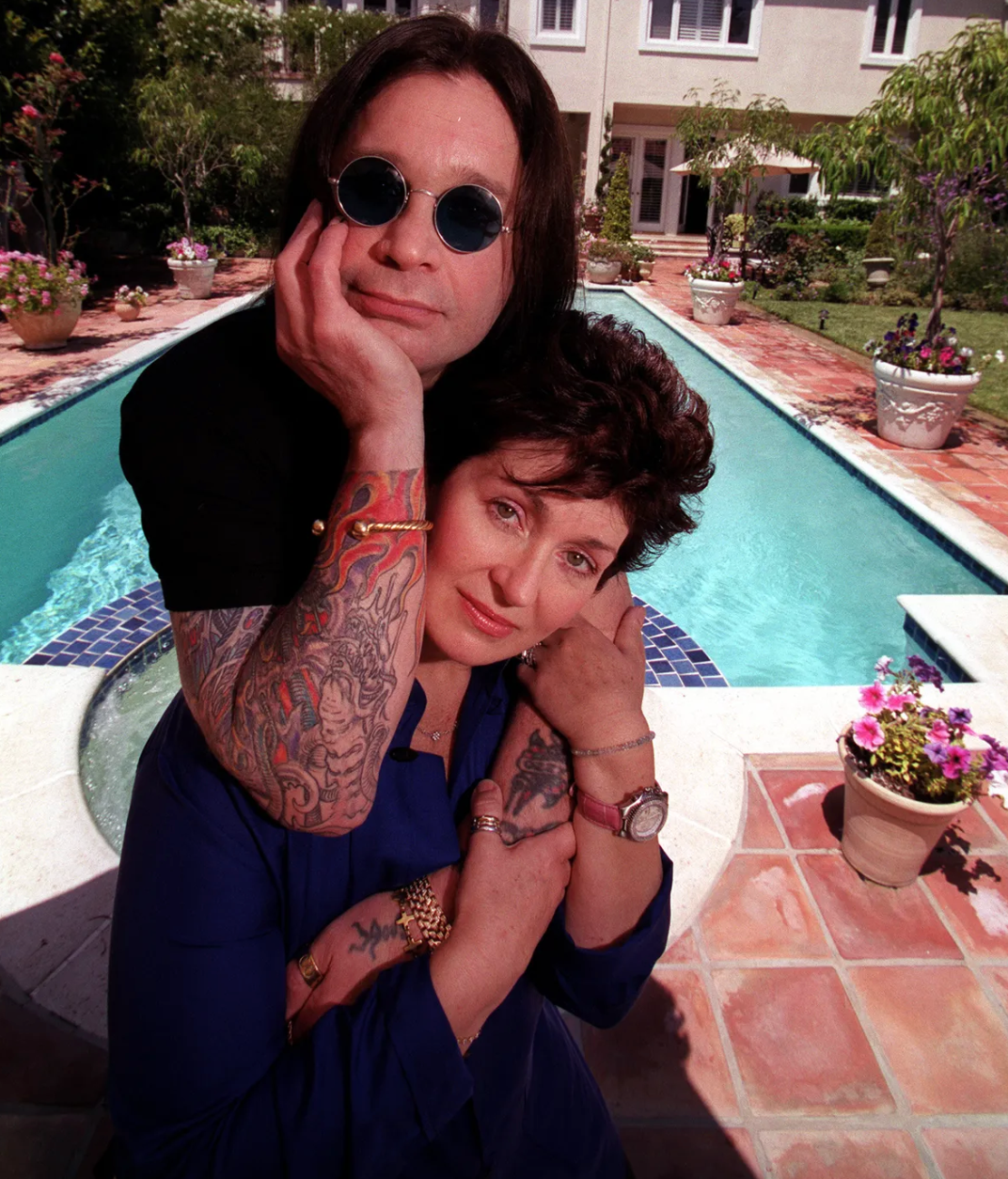
2016: Sharon’s fame increased as a reality television personality, attending events with her husband.
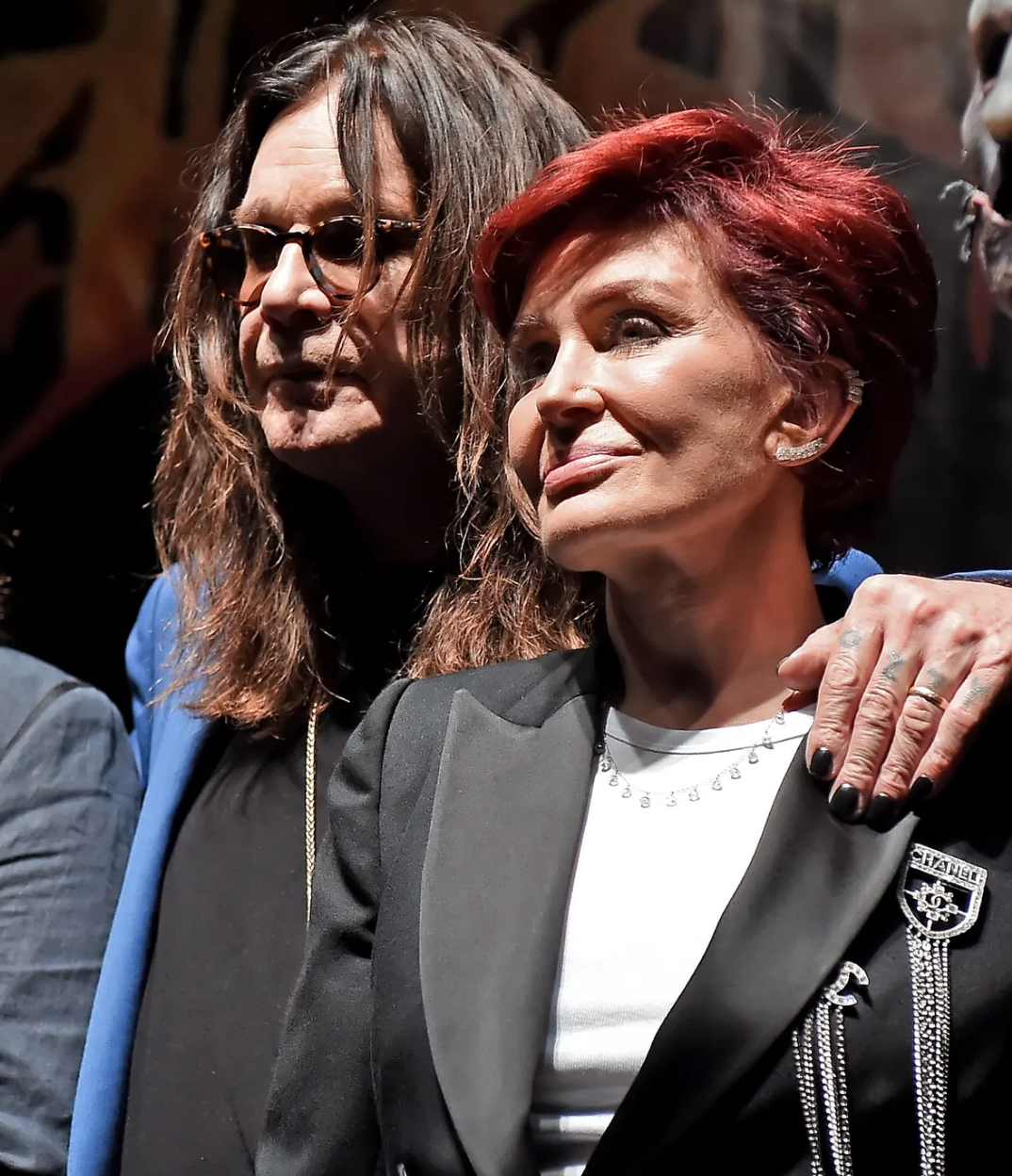
2020: Sharon’s appearance has changed significantly due to cosmetic surgery, altering various parts of her body.
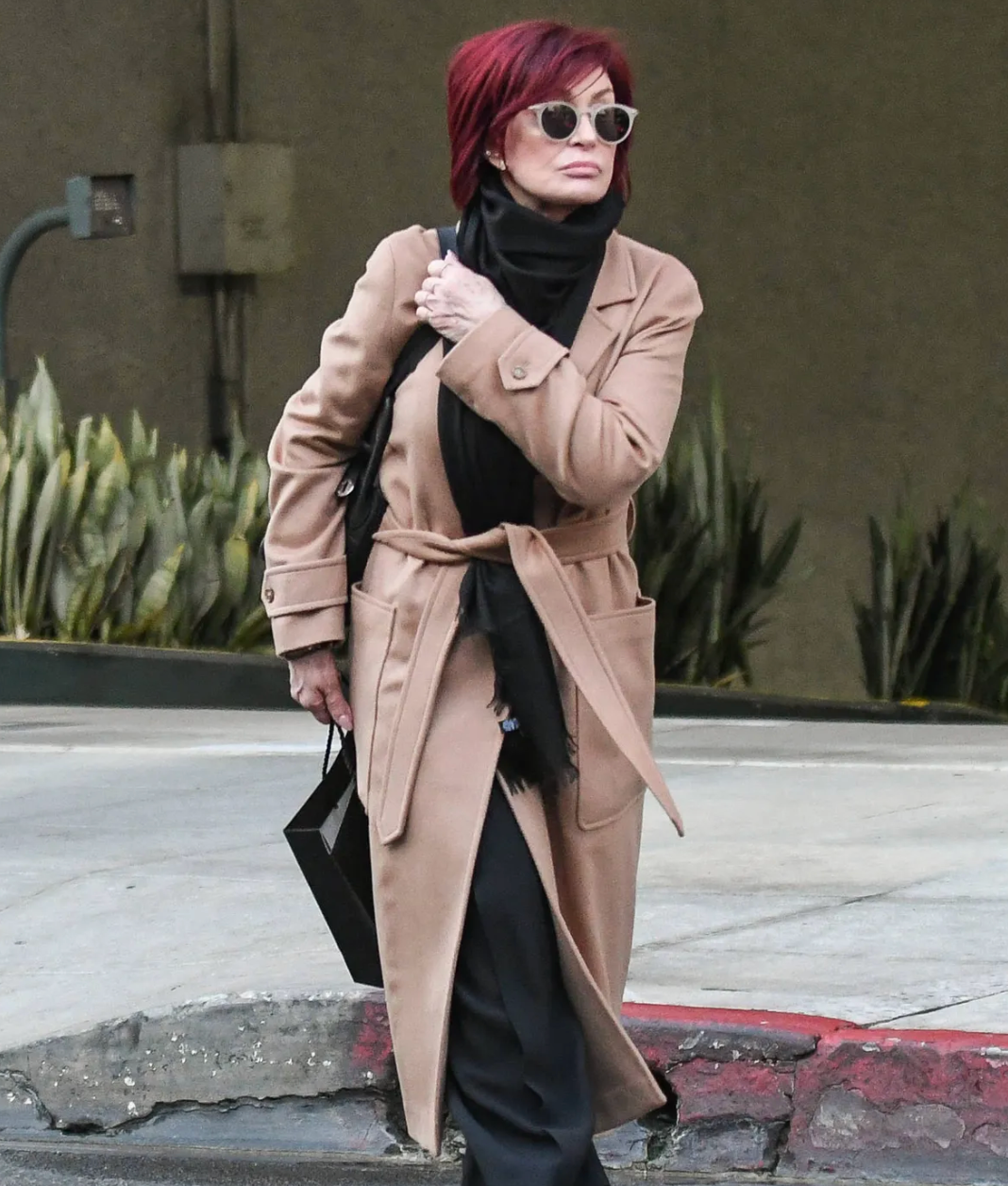
2022: Despite using Botox and fillers, her aging is evident as she supports her husband in his career.
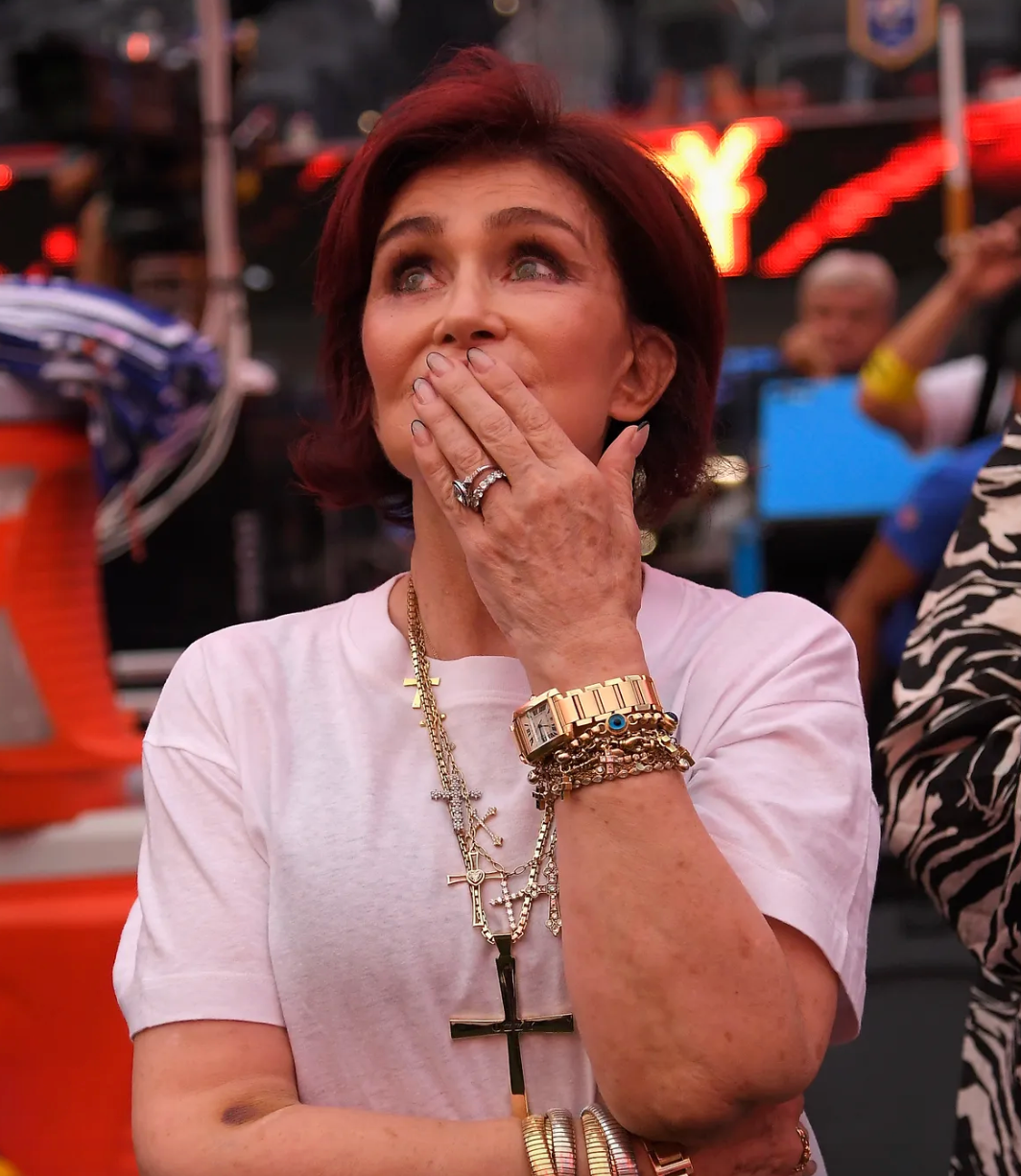
2022: In her 70s, Sharon embraces natural aging, having declared no further cosmetic surgery.

Minus Botox: An AI-generated image shows how Sharon’s jawline might look without Botox.

Minus Facelift: Another AI-generated image illustrates how her cheeks, nose, and forehead might appear without a facelift.
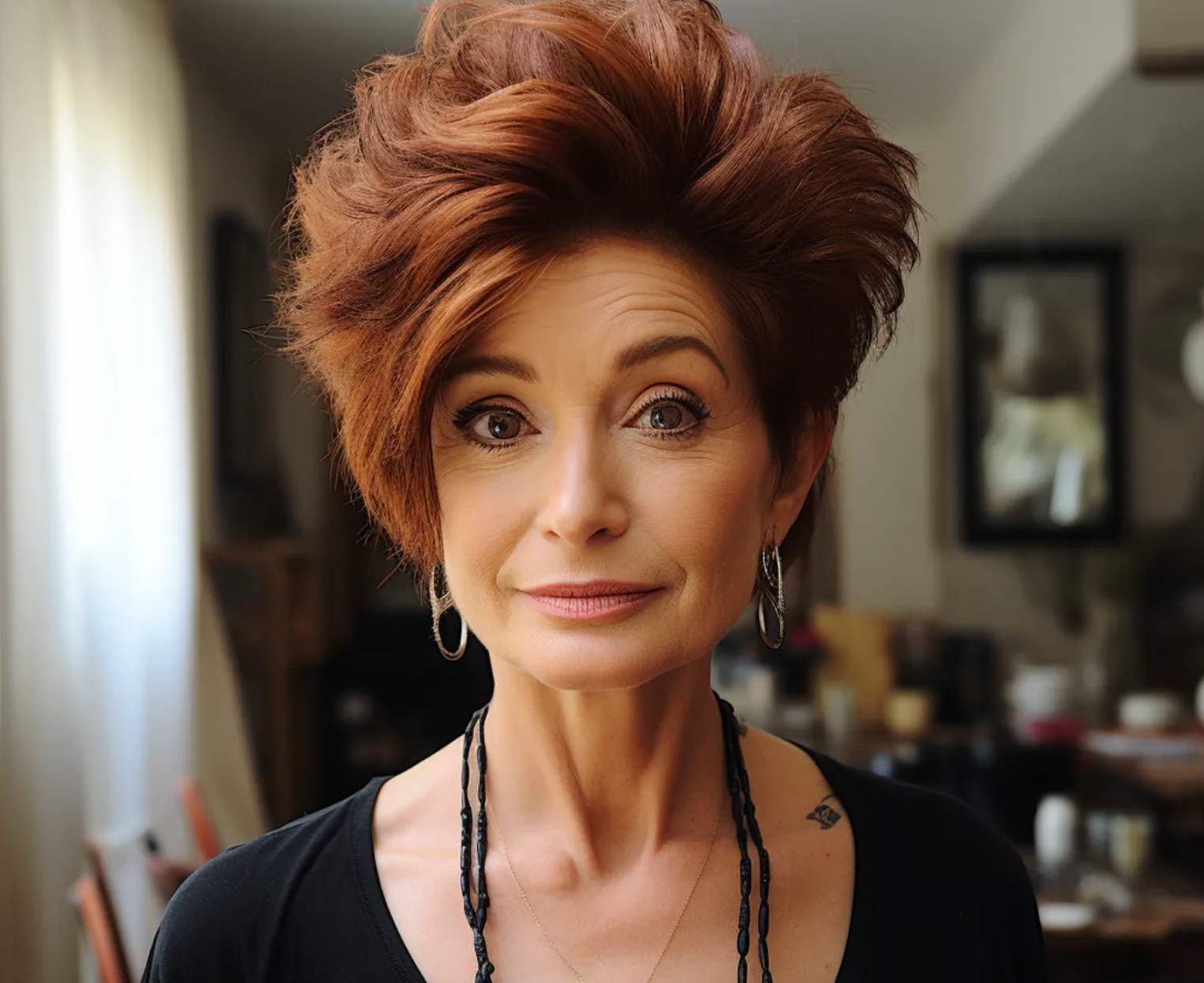
Priscilla Presley, known for her timeless beauty, faced a botched facial surgery experience with unlicensed practitioner Dr. Daniel Serrano. He promised a substance superior to Botox but used industrial-grade silicone. This cautionary tale underscores the risks of cosmetic enhancements, revealing the importance of informed decisions in the pursuit of beauty and self-expression.
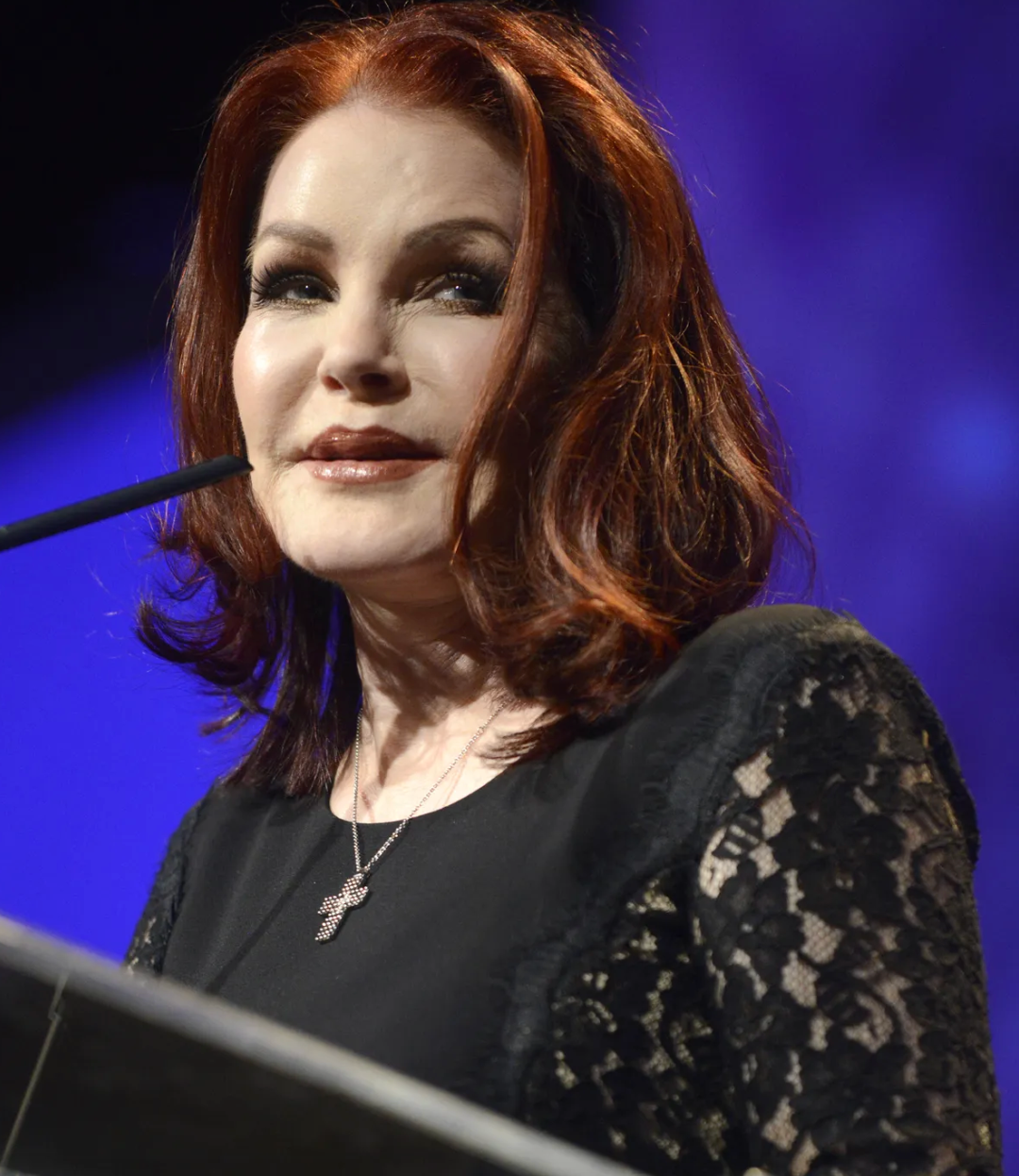
The impact of Serrano’s actions on Priscilla and others was profound, leading to reports of lumps, facial paralysis, and crater-like indentations. Despite this challenging ordeal, Priscilla displayed remarkable courage by undergoing corrective surgery in 2008, aiming to heal both the physical and emotional scars left behind.
Her resilience in the face of such adversity is commendable, highlighting her strength and determination to move forward.
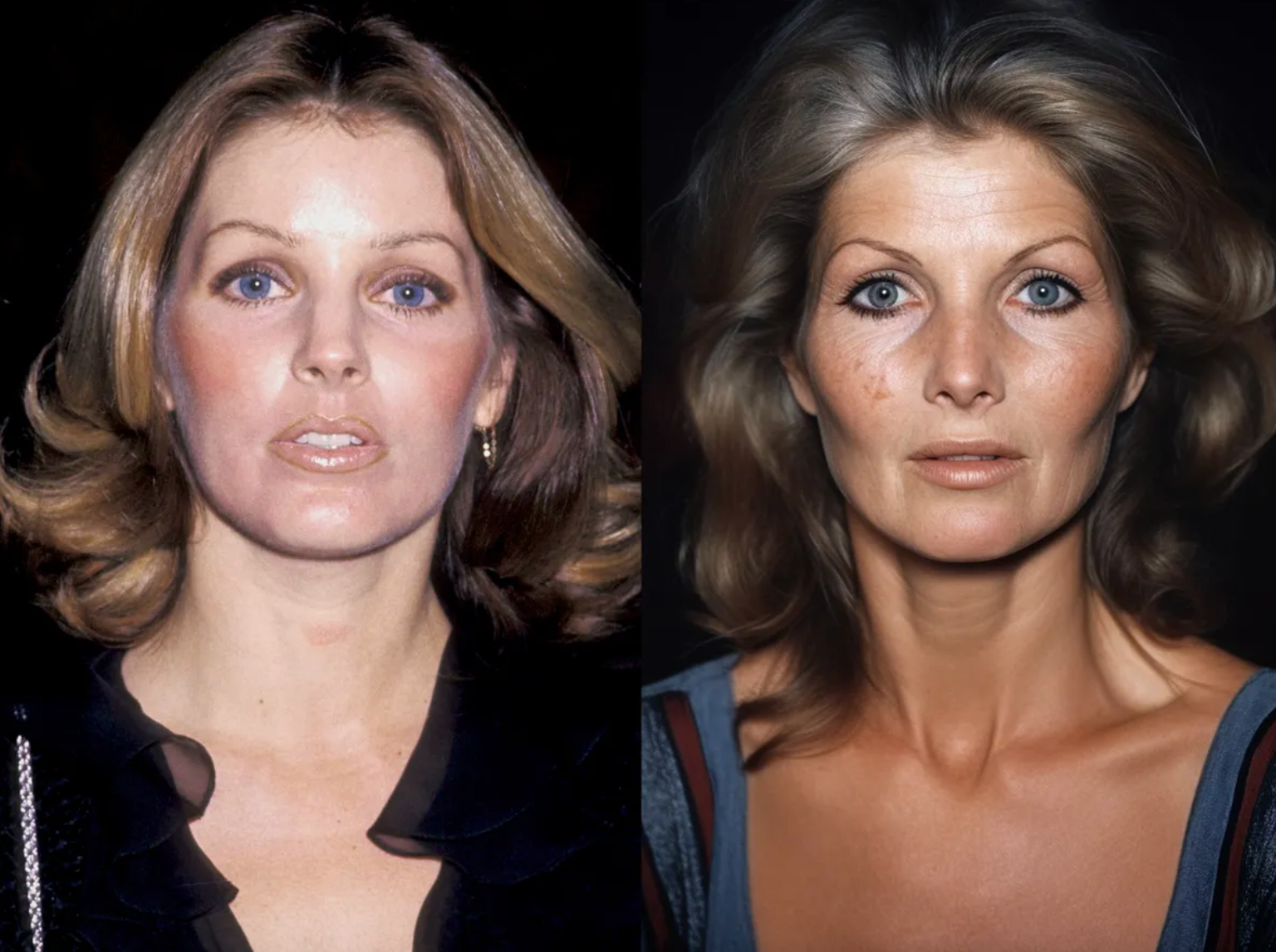
Priscilla has been a longstanding fashion icon throughout her career, known for her evolving hairstyles and makeup choices that accentuated her natural beauty. From her early days with bouncy blonde locks to her iconic deep red hair, Priscilla consistently made a statement.

Her approach to makeup, with enhanced eyebrows and vibrant lip colors, complemented her ever-changing hairstyles, demonstrating her ability to evolve while staying true to her unique sense of style.
Speculation about what Priscilla might have looked like without surgical interventions has intrigued fans and critics. Advances in AI technology now offer a glimpse into an alternate reality, generating images portraying a naturally aging Priscilla.
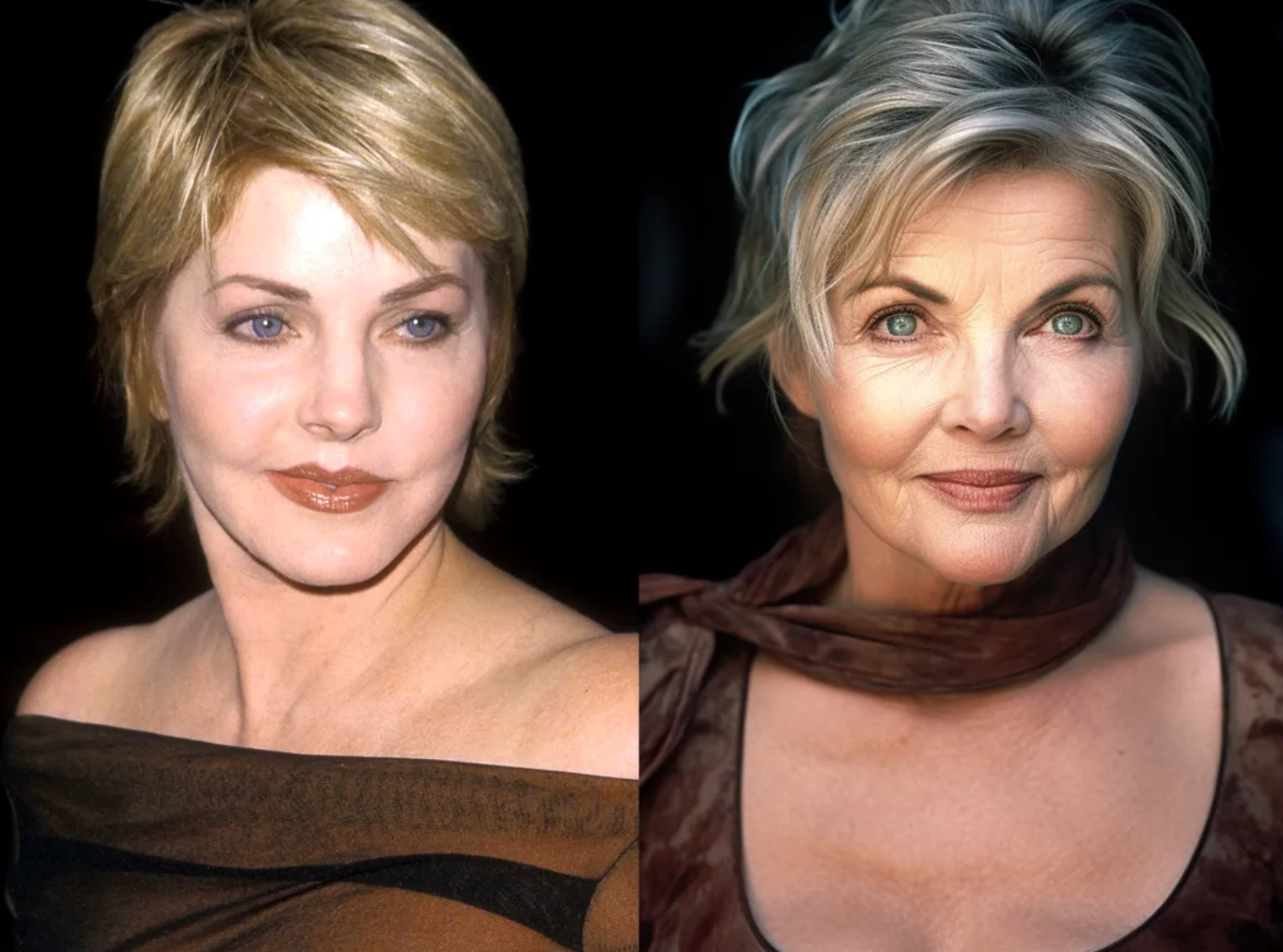
These AI-generated images, based on her earlier appearances, reveal subtle changes respecting the natural aging process, with her signature features, such as striking blue eyes and a distinct eyebrow shape, remaining prominent.
In recent years, Priscilla made a bold move by adopting a pixie cut and transitioning to a brighter shade of blonde. This transformation, while significant, did not detract from her iconic look.

The AI-generated images suggest that an older Priscilla would retain her striking appearance, with natural wrinkles and a graceful gray undertone to her hair, emphasizing her enduring beauty.
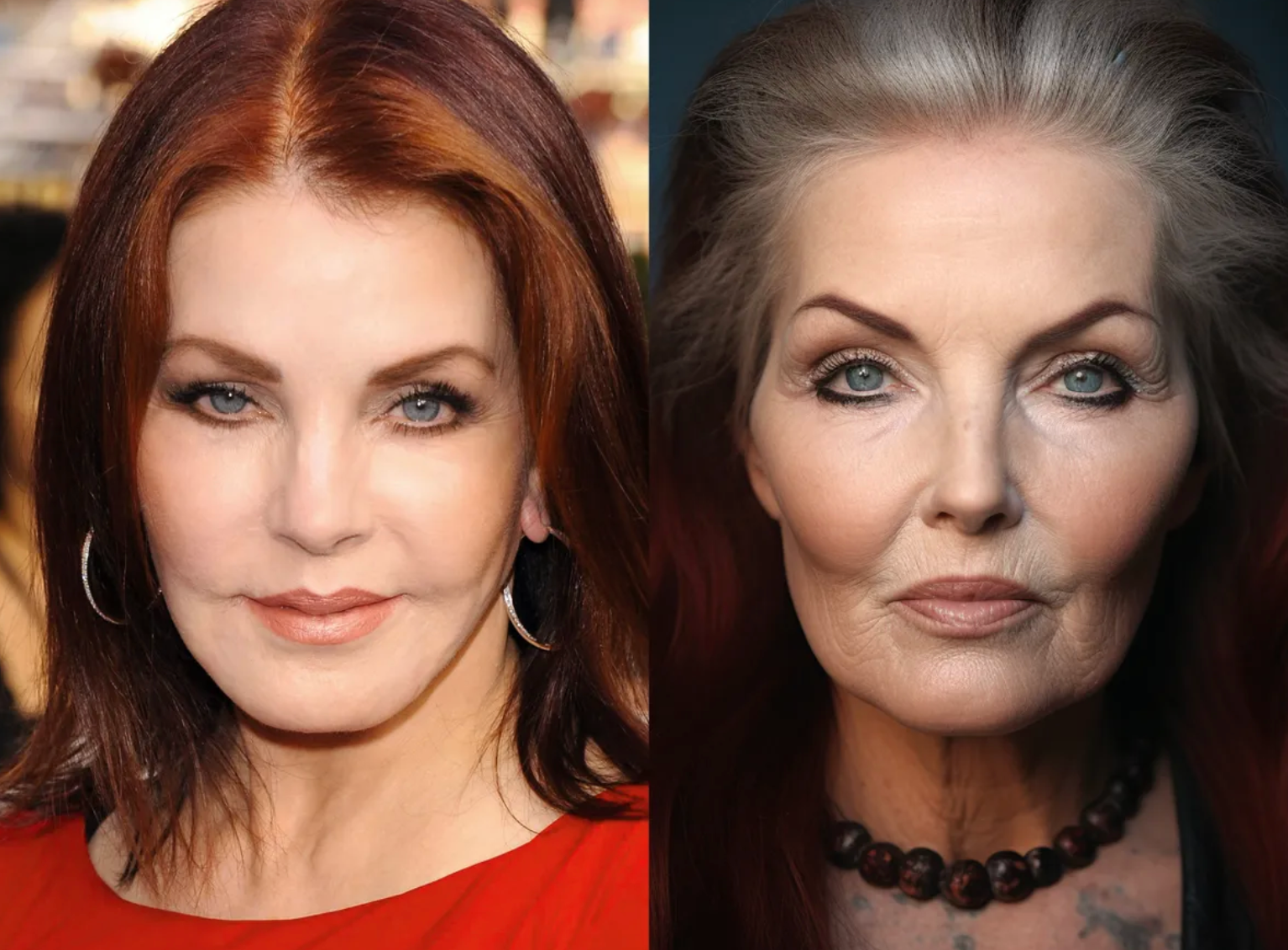
Priscilla Presley’s decision to embrace red hair marked another iconic phase in her aesthetic journey. The AI images envision how she might have aged gracefully with this vibrant color, integrating natural lines and wrinkles into her appearance.
The blend of red and gray in her hair highlights a sophisticated maturity, a testament to her timeless elegance and the enduring appeal of her distinctive style.
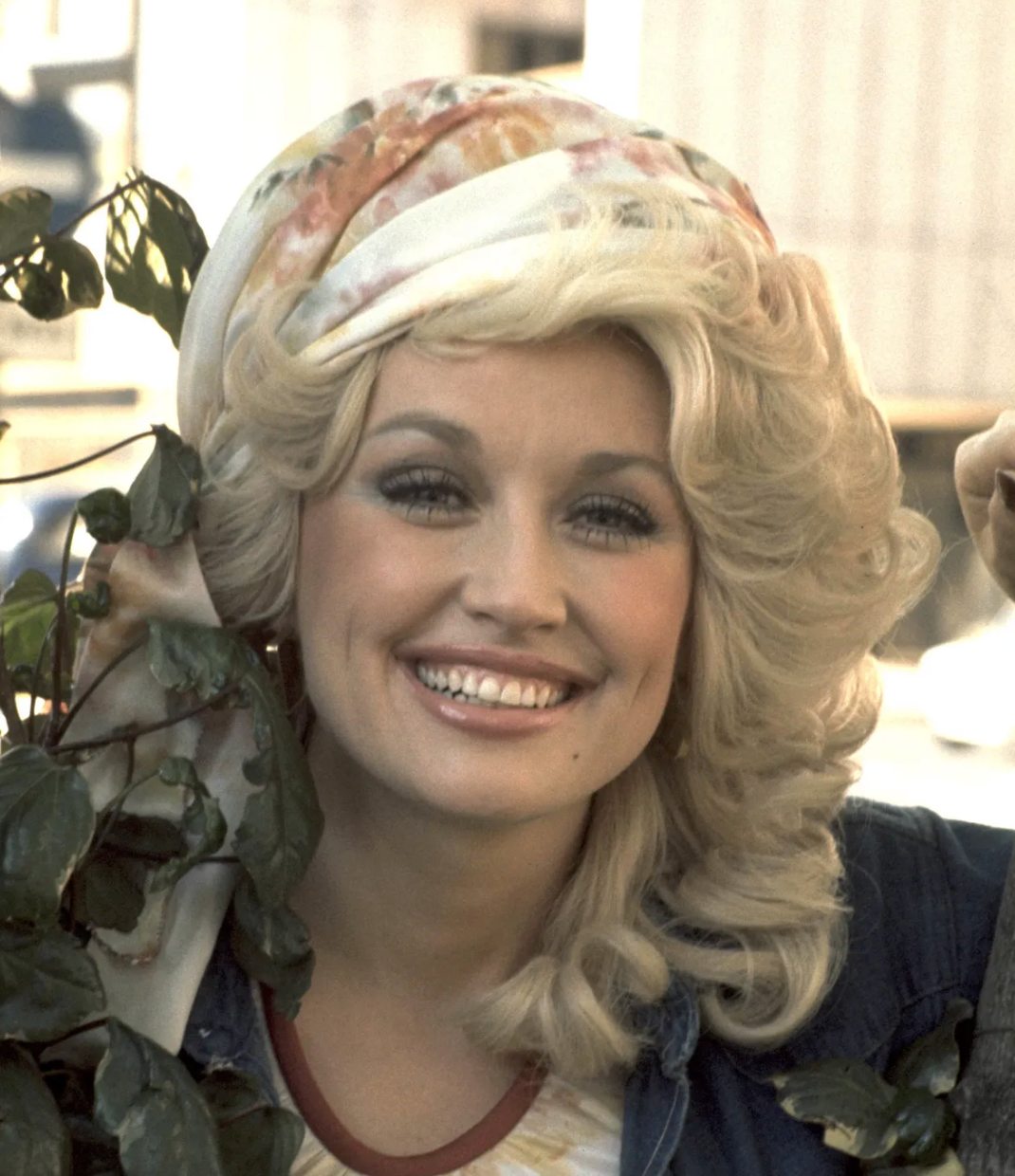
Despite occasional setbacks and challenges, Priscilla’s readiness to address signs of aging through surgery speaks to a broader philosophy of self-care and self-improvement.
Her journey underscores a nuanced perspective on aging and beauty, where surgical enhancements are neither vilified nor exalted but seen as one of many tools for navigating the passage of time.
The AI projections provide a hypothetical glimpse into an alternative aesthetic journey for Priscilla, one where the contours and creases of age are embraced as the authentic sculpting of life’s narrative. These images celebrate aging as an inherent aspect of beauty, challenging societal norms around beauty and aging.
This hypothetical version of Priscilla, devoid of surgical alterations, radiates a serene acceptance of the aging process, embodying a peace that comes from a life lived fully and without pretense.

The natural glow attributed to her in these AI visualizations transcends cosmetic enhancement, suggesting a beauty that comes from within.
Yet, Priscilla’s pragmatic stance on plastic surgery acknowledges its downsides, such as occasional excessive swelling and resultant delays in her professional commitments.
Her candidness about these challenges adds depth to the conversation around cosmetic surgery, highlighting the delicate balance between aesthetic desires and the realities of surgical intervention.
Despite these occasional setbacks, Priscilla’s journey speaks to a broader philosophy of self-care and self-improvement that defines her approach to life and appearance.
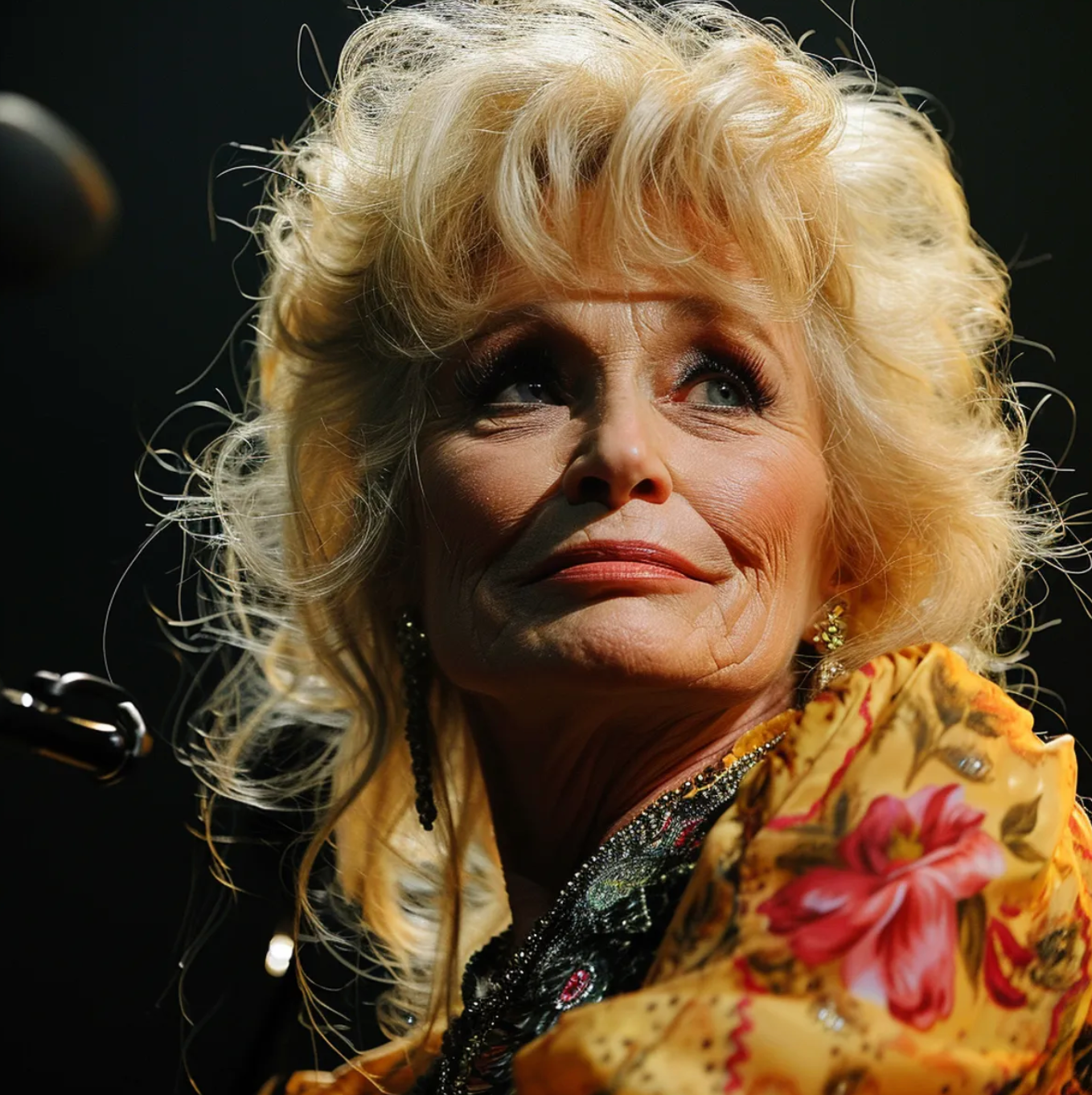
Her nuanced perspective on aging and beauty positions surgical enhancements as one of many tools at one’s disposal for navigating the passage of time.
The late musician’s eyes became a subject of speculation despite his denial of cosmetic procedures. Noticeable changes in his eyes, such as widening or scleral show, suggested potential transformation procedures.

In 1984, Jackson suffered second-degree burns on his scalp while filming a Pepsi commercial, leaving a lasting impact. Scar revisions and reliance on painkillers ensued, contributing to new dimensions in his identity during the late ’80s.
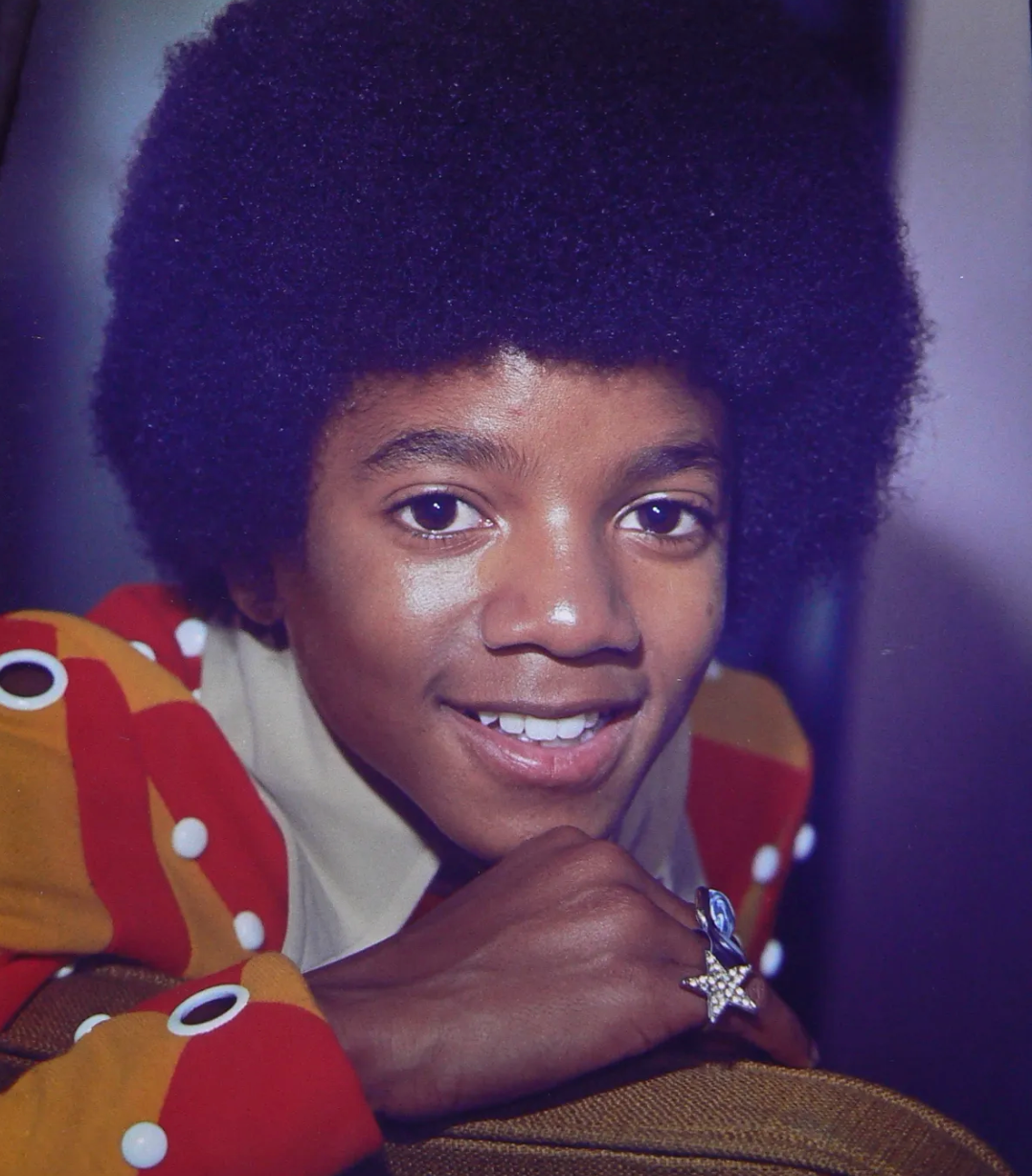
Tattooing, allegedly influenced by lupus and vitiligo diagnoses, became a necessity, adding to the enigma of his evolving skin tone attributed to bleaching creams, makeup, and a penchant for covering up.
French mime Marceau’s influence in 1995 and the challenges of vitiligo in 1996 further molded Jackson’s appearance. The late ’80s and ’90s witnessed changes, with a stronger chin inspired by Douglas and a seemingly smaller nose, possibly due to steroid injections.

Subtle reductions in his berry-red lips and attempts to mask vitiligo effects contributed to a complex public image blending masculine and feminine traits.
By the 1990s, his skin tone lightened, attributed to bleaching creams and pale makeup, used meticulously to conceal blotchy pigment caused by vitiligo.
Speculations about his nose falling off emerged in 2002 but were dispelled, revealing the use of paper tape by plastic surgeons to control post-op swelling. In 2009, a gaunt look reflected a loss of facial fat, attributed to Restylane injections.
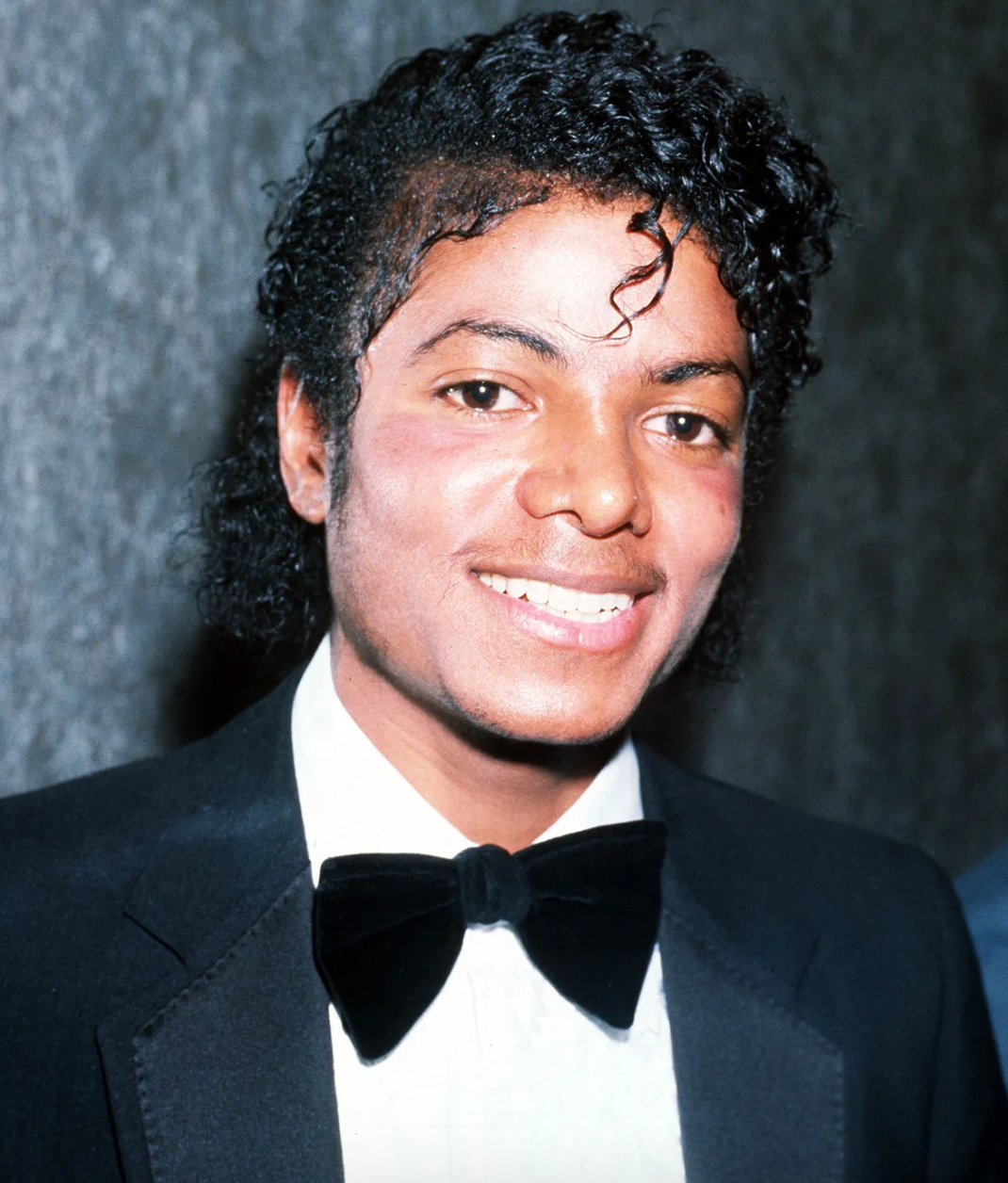
Plastic surgeon Dr. Wallace Goodstein, though not directly involved in Jackson’s care, estimated a greater number of procedures than officially acknowledged.
This narrative underscores Jackson’s relentless pursuit of an idealized appearance, which came to an abrupt end with his untimely death in 2009 at age 50.
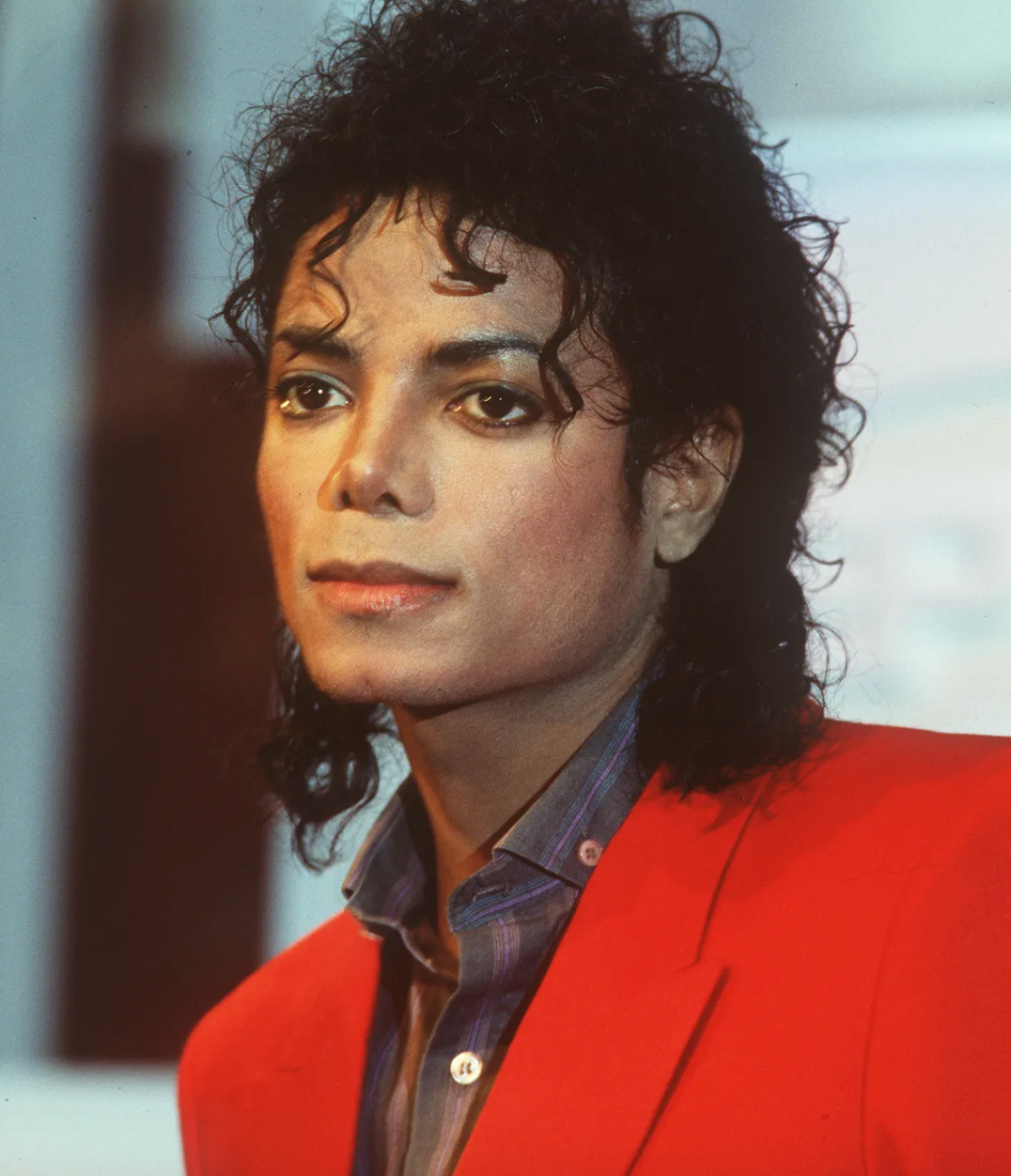
AI offers a glimpse into an unaltered Michael Jackson at 50, presenting an image that retains natural features, including a broad nose, soft chin, and full lips.
The AI-generated image envisions signs of aging like wrinkles and gray hair, portraying a version of Jackson more at peace with his identity and heritage.

Instead of a strong cleft chin, a soft and round chin is depicted, and full natural lips replace the dark and thin ones. Thick and arched eyebrows take the place of tattooed and plucked ones. Receding and sparse hairline is replaced with a full and curly one.
This exploration into Jackson’s transformative journey highlights the pressures and complexities of living in the limelight, offering a window into the potential of technology to reimagine the paths not taken by those who left an indelible mark on culture and entertainment.

Melanie Griffith’s illustrious Hollywood career has been a battleground for personal image. Her reflections on the industry reveal harsh realities, where actresses must combat age-related biases.
Griffith faced criticism entering her 40s, and online negativity led to corrective procedures. Her journey critiques unrealistic beauty standards, emphasizing the complex interplay between celebrity culture, identity, and self-acceptance.
In August 2018, Griffith underwent surgery to remove skin cancer from her nose, leading to bruising and a visible scar. Her publicized medical issues underscore the toll of maintaining industry-standard appearance.

AI-generated images offer a counterfactual glimpse into Griffith’s appearance without surgical interventions, celebrating natural beauty and challenging societal expectations.
The AI visuals depict a version of Griffith aging naturally, with wrinkles and lines conveying lived experience. The images invite reflection on societal beauty norms, emphasizing the value of authenticity.
Griffith’s story advocates for embracing natural aging processes, challenging industry emphasis on superficial appearances.
Through her narrative, she calls for a shift in perceptions of beauty, aging, and the dignity of embracing one’s true self, unaltered by external expectations.
